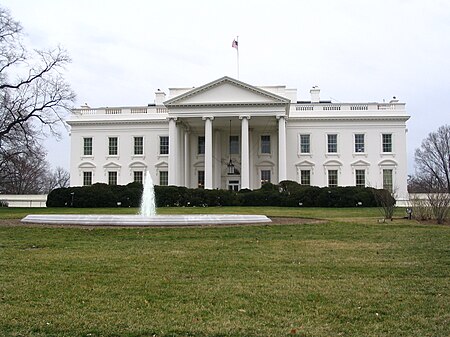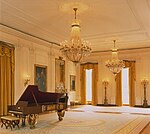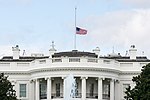2014 White House intrusion

The 2014 White House intrusion occurred on September 19, 2014, when Omar J. Gonzalez, an Iraq War veteran with post-traumatic stress disorder, jumped over the White House's fence and entered the building's front door, overpowered a female security officer, was stopped by another who was off-duty, then later by multiple security officers, and arrested. He was found to have a small knife in his pocket, and stated that the "atmosphere was collapsing" and he needed to tell the president so that he could alert the public. President Barack Obama and his family were not home at the time of the incident. As a result of this incident and other security breaches at the White House, the then-director of the United States Secret Service, Julia Pierson, resigned from her position on October 1, 2014. Gonzalez was indicted for entering a restricted building while armed with a knife. He was also charged with two violations of local laws: carrying a weapon outside a home or business, and ammunition possession. In March 2015, Gonzalez pleaded guilty to two felonies: "entering or remaining in a restricted building or grounds while carrying a deadly weapon", and "assaulting a federal officer". In June 2015 he was sentenced to 17 months in prison, to be followed by three years' probation.
Excerpt from the Wikipedia article 2014 White House intrusion (License: CC BY-SA 3.0, Authors, Images).2014 White House intrusion
Pennsylvania Avenue Northwest, Washington
Geographical coordinates (GPS) Address Website Nearby Places Show on map
Geographical coordinates (GPS)
| Latitude | Longitude |
|---|---|
| N 38.8978 ° | E -77.0365 ° |
Address
White House
Pennsylvania Avenue Northwest 1600
20500 Washington
District of Columbia, United States
Open on Google Maps











